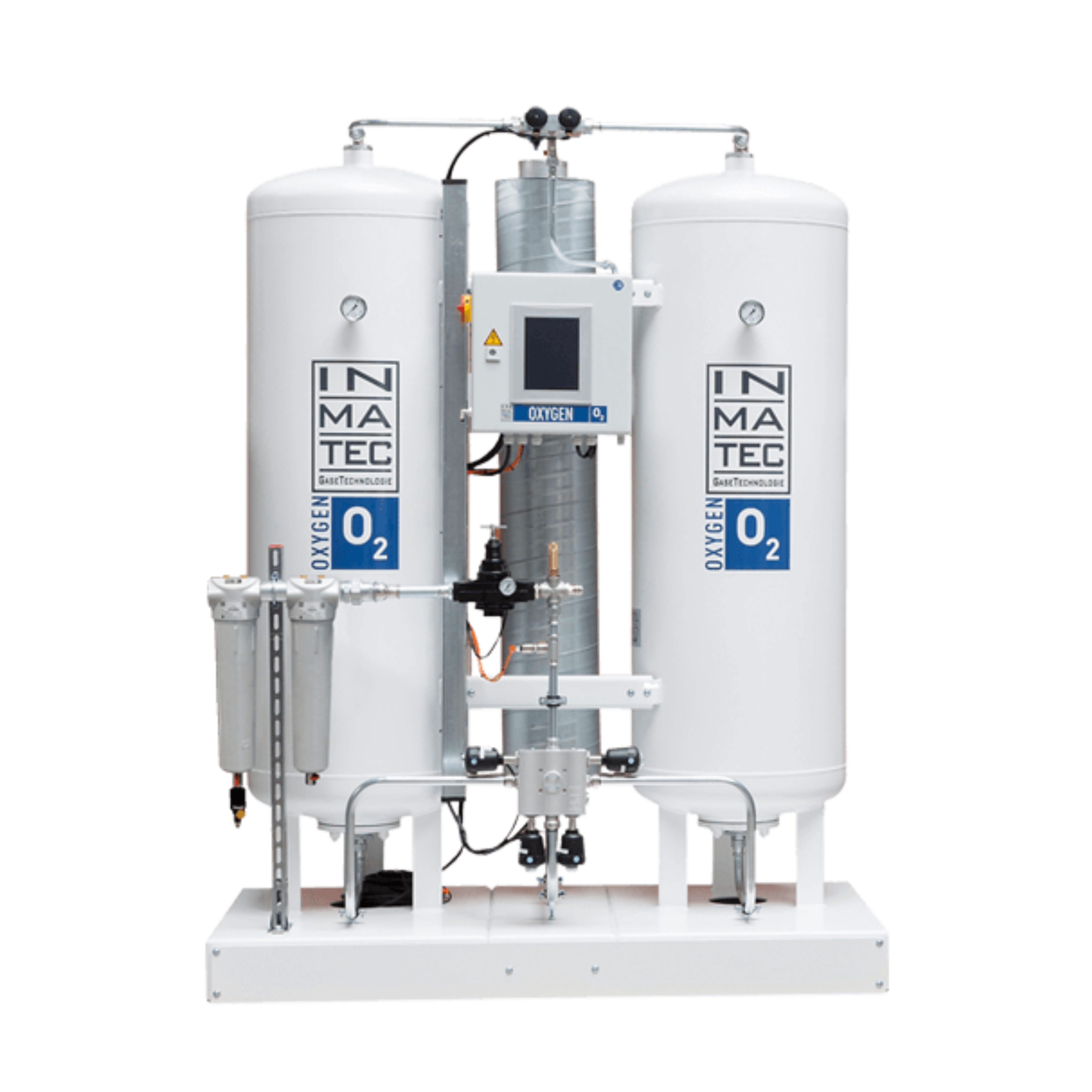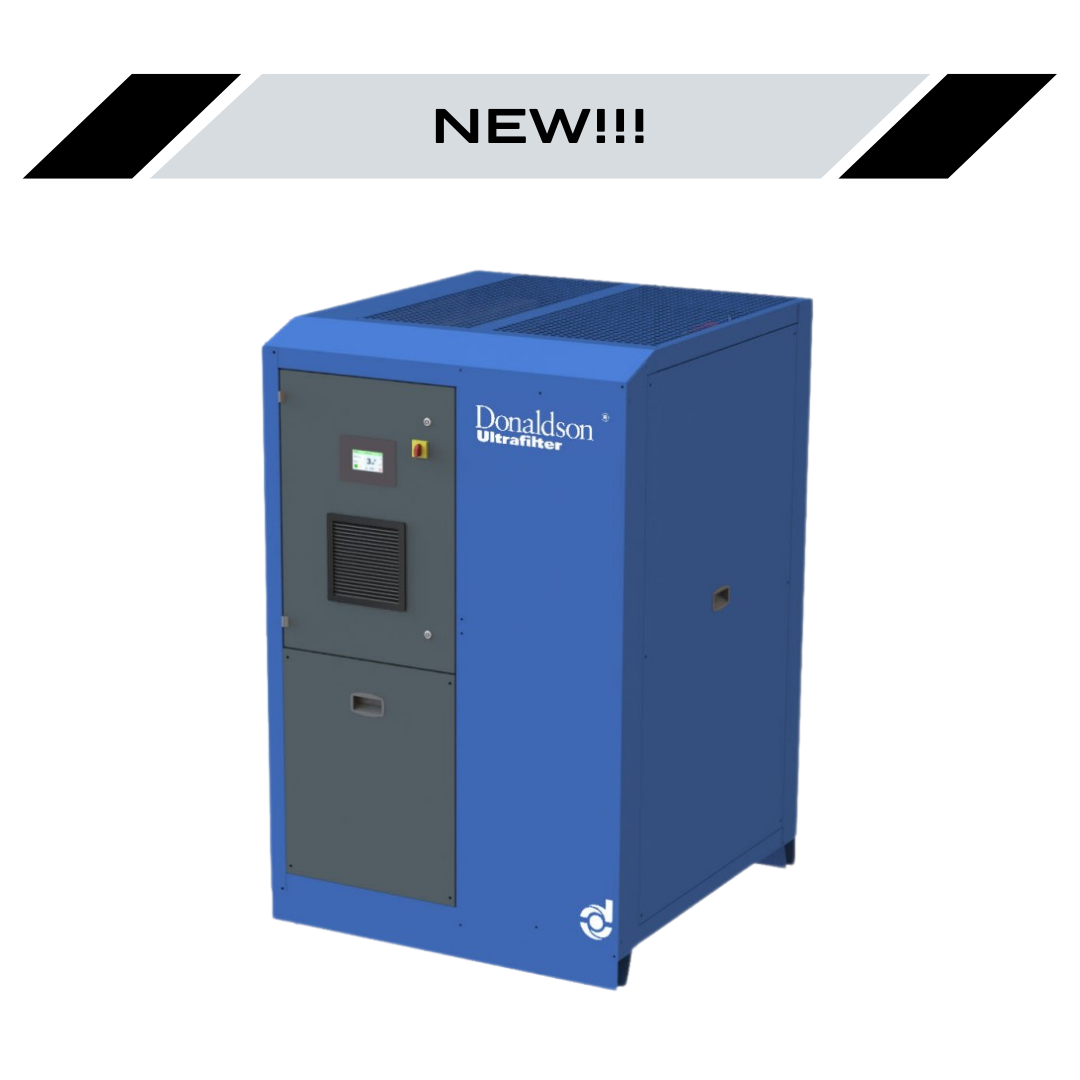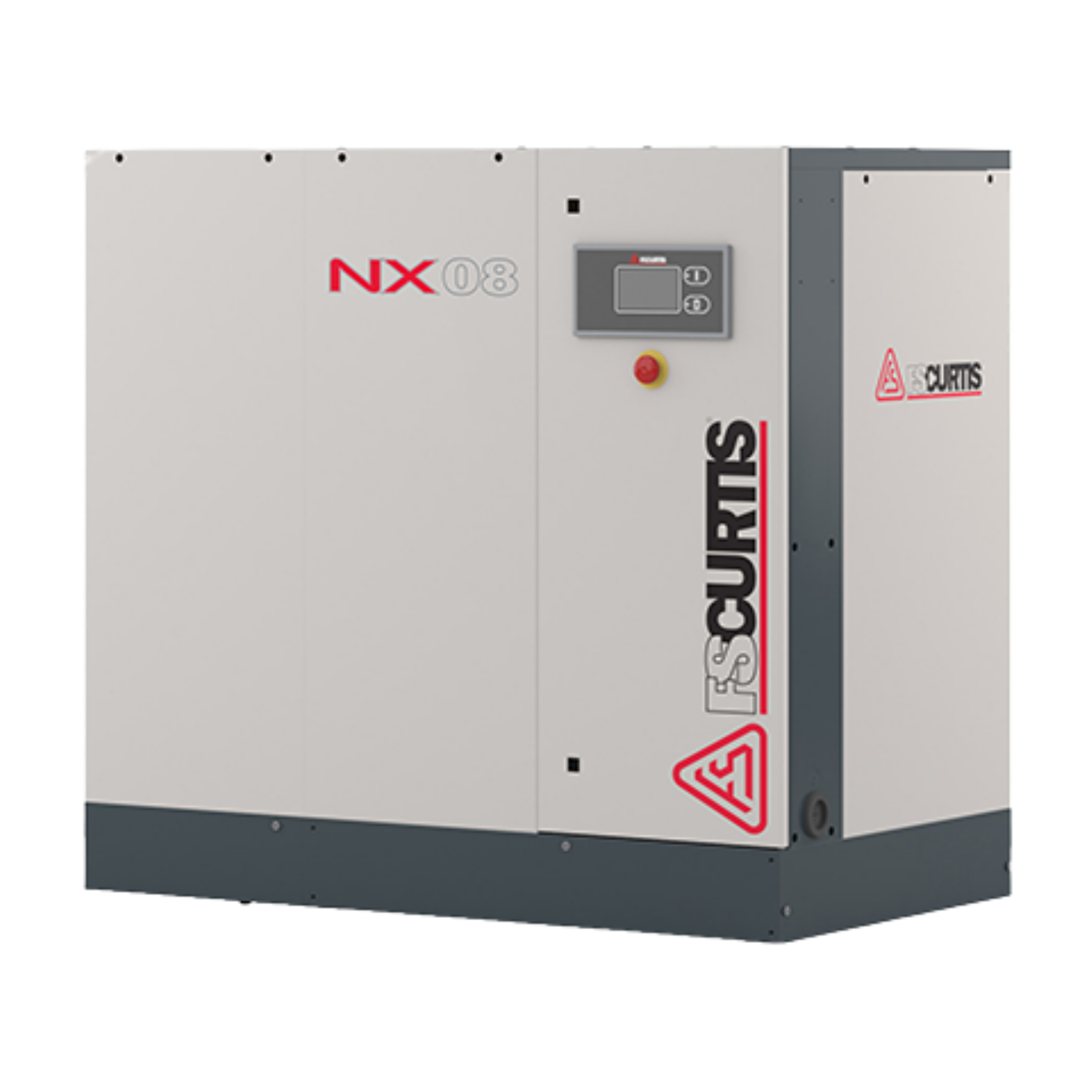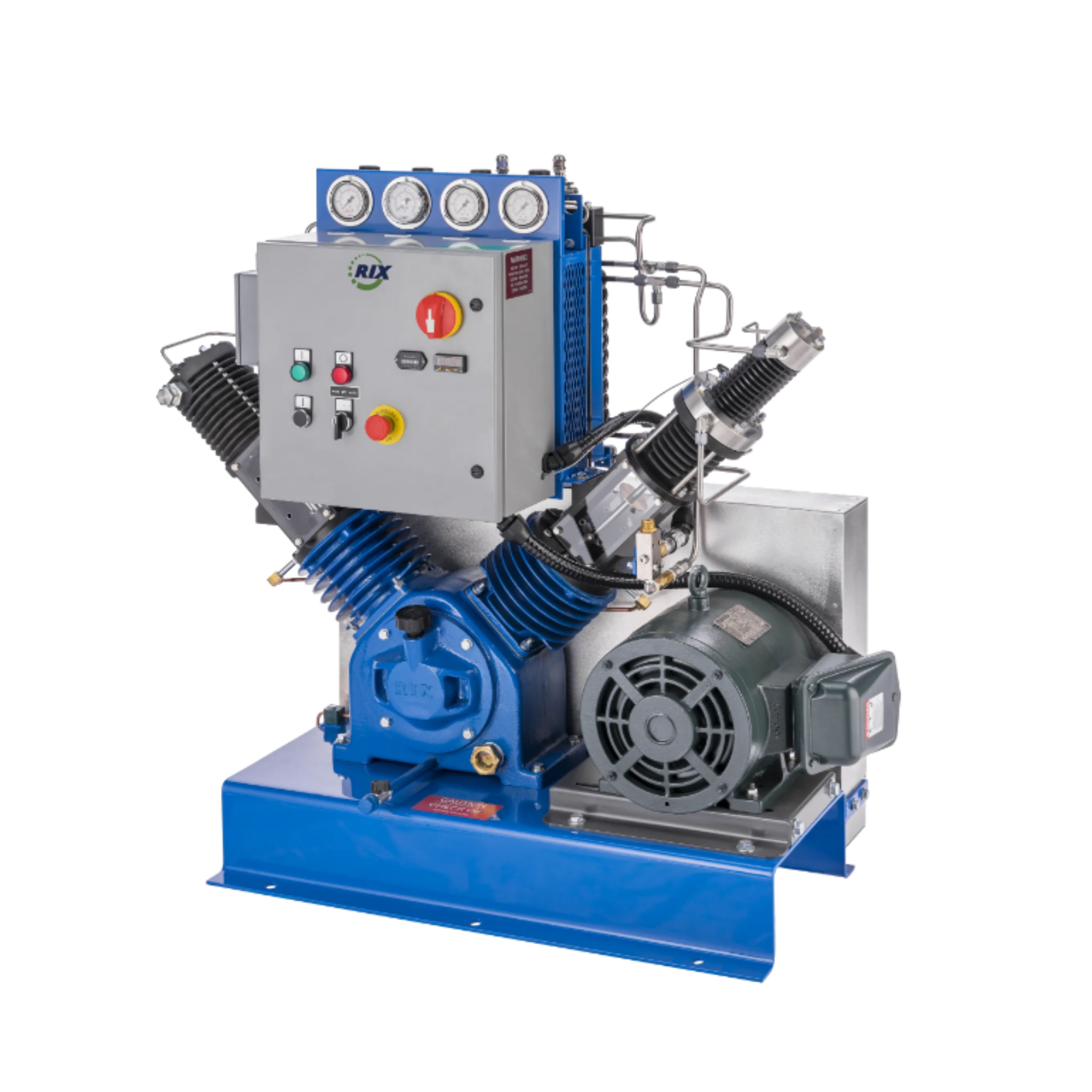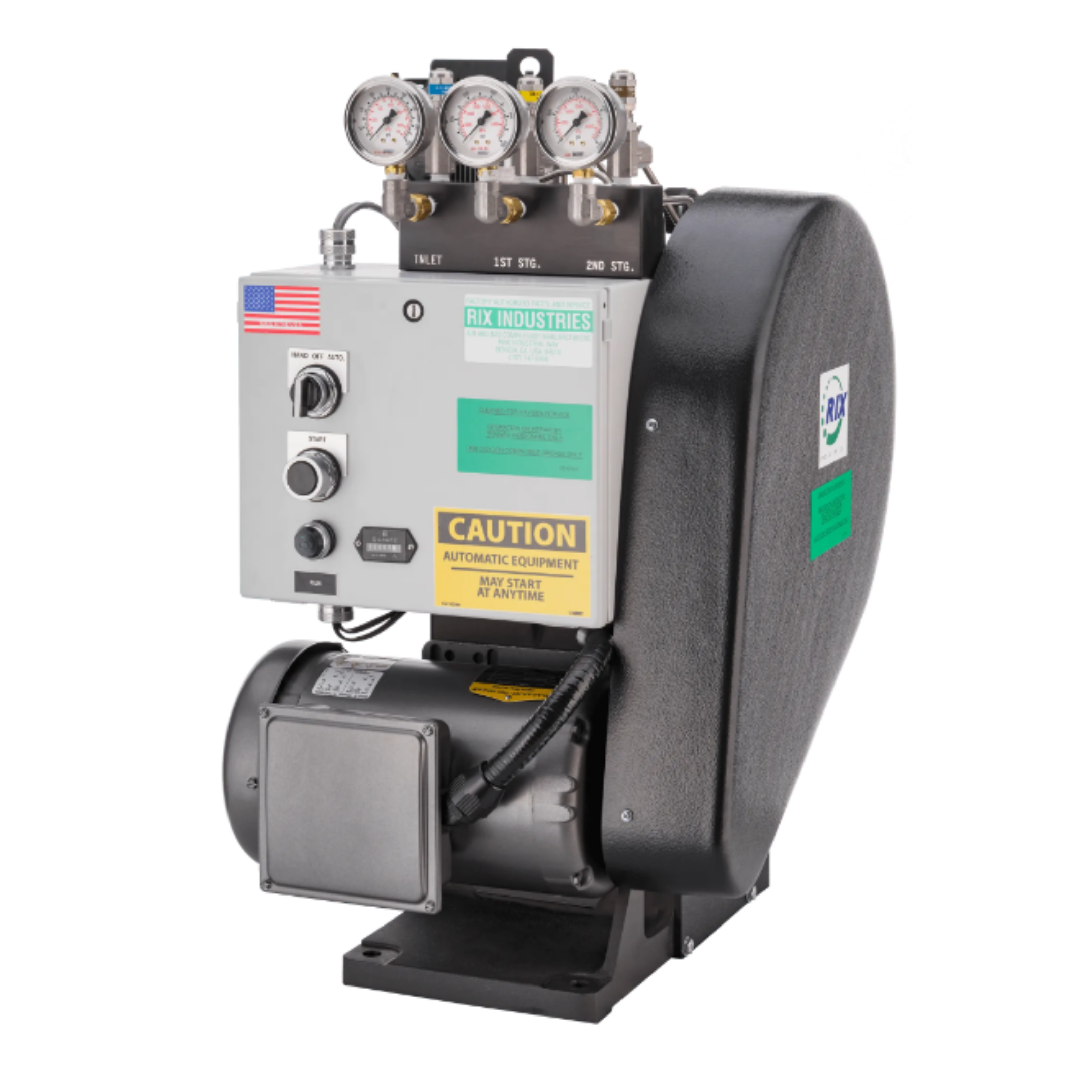.png)
Medical gases are used for the treatment of patient health in some ways. In the early 1950s, healthcare providers recognized the dangers of high-pressure medical gas cylinders. In contrast, medical gas pipeline systems (MGPS) provide medical gas and vacuum systems—a safe, permanent, and cost-effective provision. In general, medical gases are special gases that are separated from the air separately for various medical applications. The medical gases commonly used in hospitals are
OXYGEN (O2)
1. Serves as the main gas to help human breathing
2. Together with Nitrous Oxide, it functions for anesthesia (anesthesia)
3. Made from natural air with 99.8% purity gas. 99.85%
NITROUS OXIDE (N2O)
1. Serves as an anesthetic gas (anesthetic gas) for surgery
2. Made of Ammonium Nitrate, Purity 99.8%, Colorless, slightly smelly
MEDICAL WATER (Water 4 bar)
1. It functions as a mixture of oxygen as a breathing aid and as a ventilator engine drive
2. Compressed air is sourced from compressed air cylinders or main compressor engines with an operational pressure of 400 – 500 Kpa. The air is free from bacteria, moisture, and odorless
VACUUM (Suction)
1. Serves to suck up dirt/blood/mucus from the patient
2. Sourced from a vacuum machine (portable vacuum/central vacuum)
WATER SURGICAL TOOLS
1. Serves as a drive for pneumatic medical devices, such as a bone cutter (Orthopedia), working at a pressure of 700 to 700 s/d. 800 kPa
2. Sourced from compressed air produced by compressed air tubes or main compressor engines with a pressure of 700 to 700 s/d. 800Kpa
ANESTHESIA GAS SCAVENGE SYSTEM (AGSS)
1. Serves to suck up / remove the remaining anesthetic gas (O2/N2O mixture)
2. Sourced from a vacuum machine (portable/central) or compressed air with a century scavenge system
NITROGEN (N2)
1. Serves as a drive for pneumatic medical devices, such as a bone cutter (Orthopedia), working at a pressure of 700 to 700 s/d. 800 kPa
2. Sourced from Nitrogen gas produced by Nitrogen cylinders with a pressure of 700 to 700 s / d. 800Kpa
CARBON DIOXIDE (CO2)
1. CO2 Serves as a coolant/freezer in network operations
2. Sourced from CO2 gas in the tube or central tube
